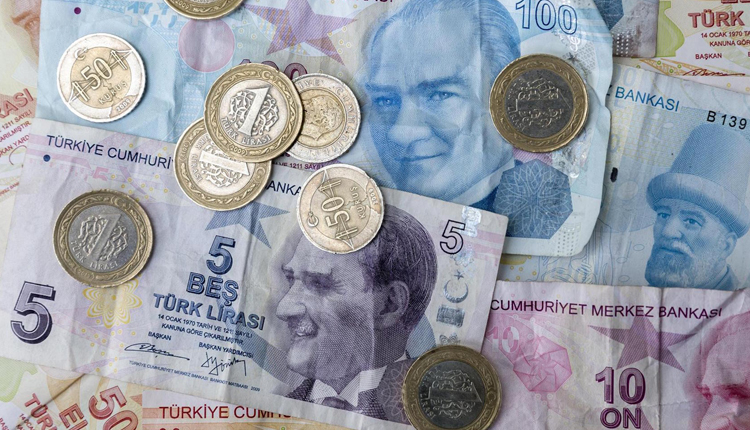The euro was soft near 13-month lows on Monday as a slide in the Turkish lira sparked a sharp sell-off in the South African rand and boosted demand for safe havens such as the U.S. dollar and the yen.
After hitting a record low of 7.24 against the dollar early on Monday, Turkey’s lira found some support after Finance Minister Berat Albayrak said the government has drafted an economic action plan to ease investor concerns while the banking watchdog said it limited swap transactions.
The South African rand and Mexican peso were also weak against the U.S. dollar on Monday as the lira crisis unsettled other emerging market currencies.
The euro was hit hard on Friday after the Financial Times, citing two sources, reported that the European Central Bank had concerns about banks in Spain, Italy and France and their exposure to Turkey.
Masafumi Yamamoto, chief currency strategist at Mizuho Securities, said on Monday that European banks’ exposure to Turkey “seems to be not as large as people fear, so I think it’s manageable. It will not lead to a kind of banking crisis in the euro area.”
On Monday, the euro touched $1.13655, its lowest level against the greenback since July 2017, and at 0502 GMT was down 0.3 percent at $1.13765.
The common currency also slipped against the safe haven Swiss franc and yen.
The euro traded at 1.13065 francs, down about half a percent from late last week, dipping to a one-year low of 1.12980 francs.
It was off about one percent against the Japanese yen at 125.27 yen per euro, close to a 2-1/2-month low of 125.26.
The lira found some support after sinking to its record low against the greenback.
The currency was last trading at 6.735 against the dollar at 0439 GMT, down about 5.4 percent from late last week.
The currency has fallen more than 40 percent against the greenback this year on worries over President Tayyip Erdogan’s increasing control over the economy and a deepening diplomatic rift with the United States.
Emerging market currencies such as the South African rand and the Mexican peso slumped as fears of the lira crisis spread, pressuring riskier assets.
The peso changed hands about 1.5 percent lower from the previous trading day at around 19.19 per dollar at 0440 GMT, while the rand was down 4.8 percent at 14.75 per dollar.
Earlier in the day, the rand had plummeted to as low as 15.70 rand per dollar, its lowest levels since June 2016 and down more than 10 percent from late last week.
A trader at a U.S. bank in Tokyo said he thought selling in the rand by real money investors in Asia may have been a reason behind the rand’s sudden fall.
“In an environment like this, people sell currencies of countries that have relatively small foreign reserves and big external debt,” he said.
“Turkey would have to raise short-term interest rates to around 100 percent, as Thailand did during the Asian financial crisis, to stop falls in the lira, but that would be difficult because Erdogan doesn’t want to raise rates.”
The Australian dollar was down 0.3 percent at $0.7271 after hitting a 19-month low of $0.72505 earlier in the session.
The yen strengthened about 0.7 percent against the dollar, last trading at 110.17 yen as investors continued to bid up safe-haven assets.
Tohru Sasaki, head of markets research in Japan for JPMorgan Chase Bank, said the yen’s performance against major peers has been bolstered since last week amid the market turmoil.
“The yen is likely to continue to outperform even among the major currencies,” he said.
Source: Reuters



